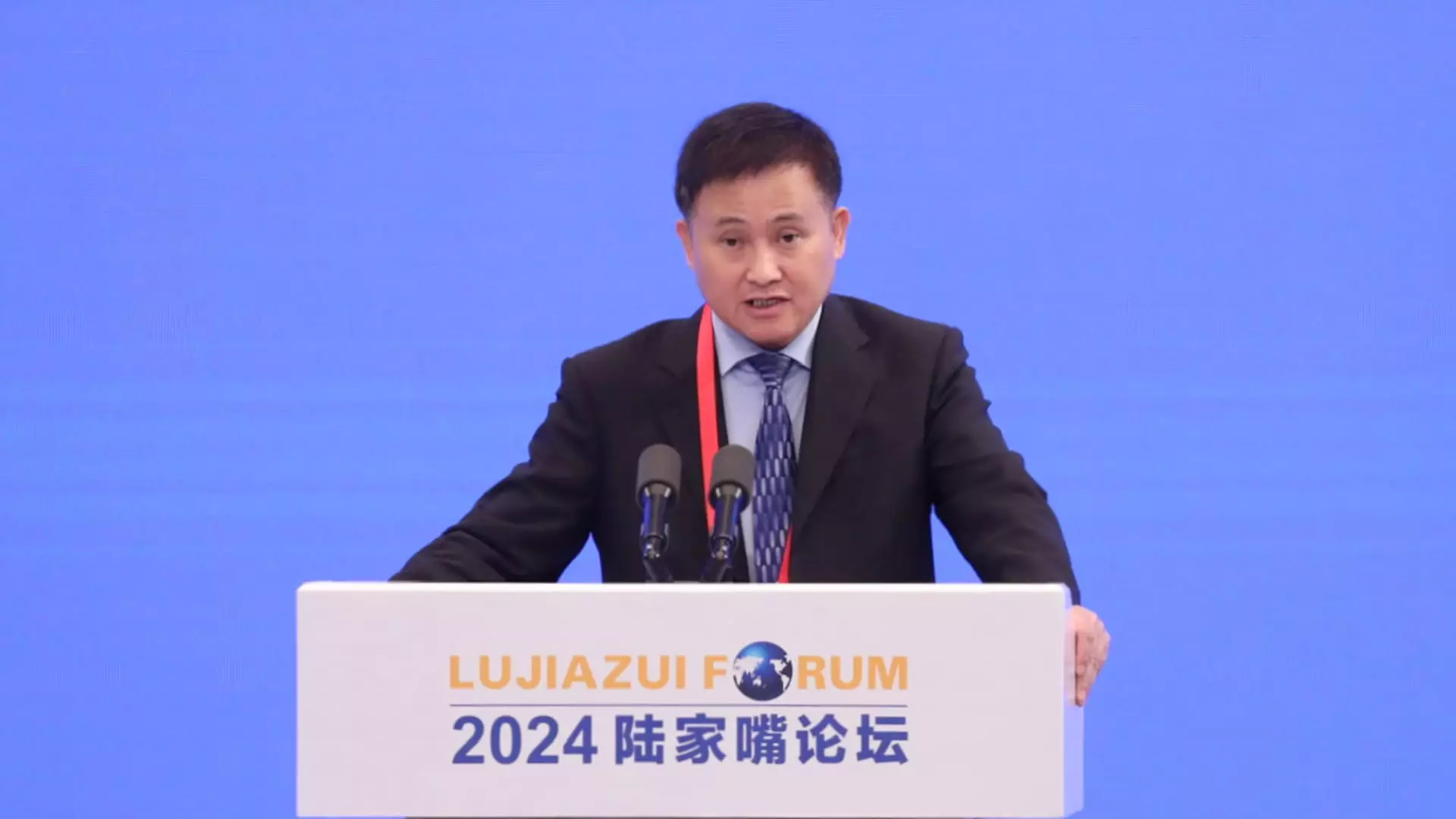On Tuesday, significant developments emerged from Beijing as the People’s Bank of China (PBOC) Governor Pan Gongsheng announced a crucial adjustment to the reserve requirement ratio (RRR) for banks. This decision, which entails reducing the RRR by 50 basis points, aims to inject liquidity into the financial system and stimulate economic activity. The reserve requirement ratio is the minimum amount of cash that banks must hold in reserve and is a critical tool through which central banks manage monetary policy. The PBOC’s move indicates a strategic attempt to bolster China’s economy, which is grappling with low consumer confidence and sluggish growth.
During the press conference, Pan did not specify the exact timeline for this easing policy; however, he signaled that it would occur in the near future, depending on economic conditions. This vagueness suggests that while immediate action is anticipated, the PBOC is maintaining flexibility to adapt to rapidly changing economic circumstances. Pan’s remarks hinted at the possibility of additional cuts, ranging between 0.25 to 0.5 basis points, before the year concludes. The potential for lowering the 7-day repurchase agreement rate (repo rate) by 0.20% also aligns with broader intentions to create favorable borrowing conditions for businesses and households alike.
The financial markets reacted swiftly to these announcements. Following Pan’s opening statements, the yield on China’s 10-year government bonds fell to a historic low of 2%. Such movements reflect heightened investor confidence in the central bank’s commitment to monetary easing. With China’s economic growth under pressure—partly due to a persistent slump in the real estate sector—these proactive measures are crucial. They not only aim to counteract deflationary trends but also signal to the market that the PBOC is serious about fostering an environment conducive to investment and consumption.
It is also important to contextualize China’s monetary policy adjustments within the broader global economic landscape. The recent rate cuts by the U.S. Federal Reserve have initiated a cycle of easing that creates a ripple effect across other economies, including China’s. Pan’s decision reflects a need for competitive monetary policy to mitigate potential negative impacts from overseas economic shifts. This alignment underscores an increasingly interconnected global economy, where the actions of one major economy can directly influence others.
While the PBOC has remained cautious in its approach—evident from its decision to keep the loan prime rate unchanged—there is clear recognition of the necessity for more robust fiscal stimulus measures as consumer spending remains low and growth targets remain elusive. The central bank’s hesitance may also derive from a cautious approach toward managing inflation and debt levels, which could escalate if monetary easing is not carefully calibrated.
The recent high-level press conference, which was unusual for this context, indicates a broader urgency among Chinese financial regulators to address economic challenges head-on. Policy implementations resulting from these discussions will need careful monitoring and assessment as they unfold. Furthermore, this indicates the PBOC’s commitment to being more transparent in its communication with the public and markets, a strategy that could enhance credibility.
As China contemplates its next steps in navigating a climate of economic uncertainty, the implications of the PBOC’s decisions will resonate through various sectors. The adjustment in the reserve requirement ratio and potential interest rate cuts are just the beginning of what may be a comprehensive strategy to rejuvenate the economy. Stakeholders across the board—investors, businesses, and consumers—will be watching closely as the central bank seeks to balance growth objectives with broader financial stability. In an era where economic adaptability is paramount, the PBOC’s proactive measures will be critical in shaping China’s economic trajectory in the months ahead.

